Construction and engineering
Powerhouse Parramatta is one of the most significant structural engineering and architecturally complex projects underway in the world.
Australian-based company Lendlease are managing the construction of the Parramatta Powerhouse project. Lendlease has previously worked with the NSW Government to deliver world-class infrastructure projects.
Construction progress 2022 - 2024
Fun facts
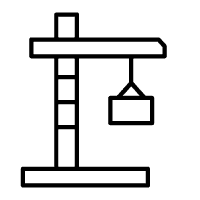
One of the 3 tower cranes commissioned for the project is the world’s largest capacity tower crane. The Favelle Favco M2480D is as tall as a 50-storey building and can lift 330 tonnes in a single lift.
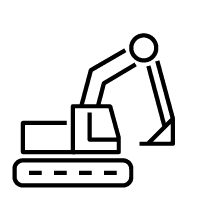
Around 35,000 tonnes of soil have been moved off site. That’s the equivalent to approximately 14 Olympic-sized swimming pools full of soil.
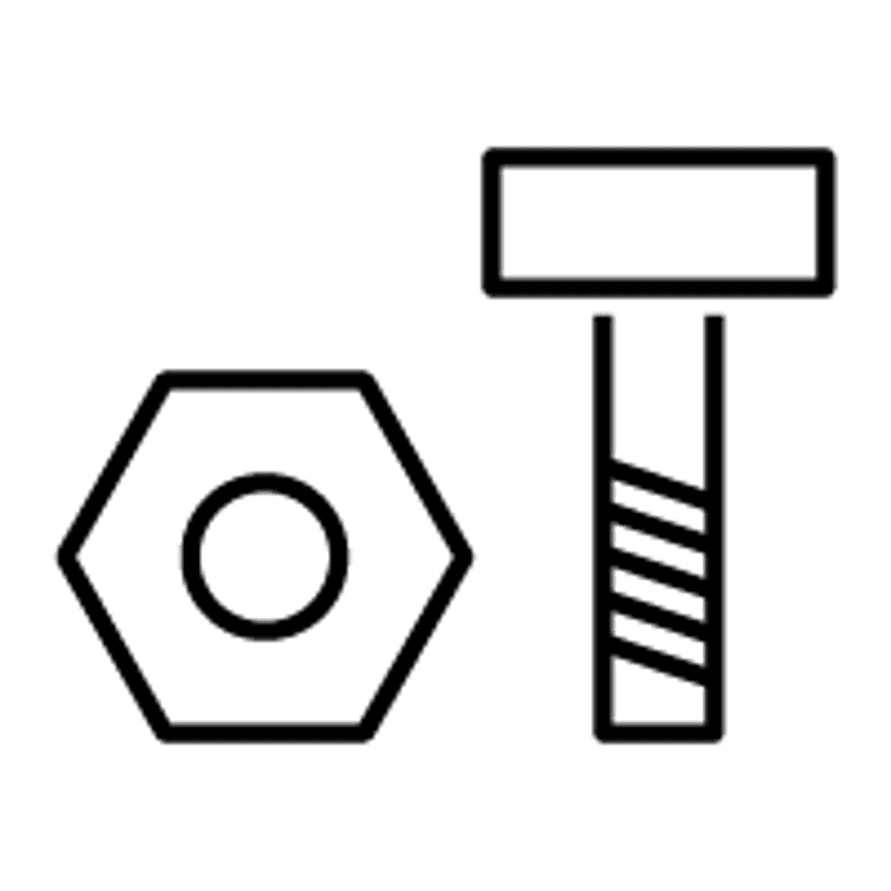
Powerhouse Parramatta will use a total of around 147,000 nuts, bolts and washers throughout its build. That’s around one steel fastener for every two people living in Parramatta.
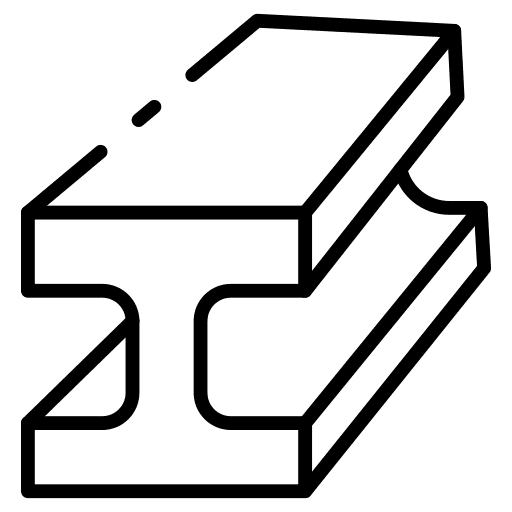
Powerhouse Parramatta will be built with an estimated 12,000 tonnes of structural steel, which is triple the amount of steel used to build the new Allianz Stadium.

230 piles have been drilled and installed. Piles are underground reinforced concrete columns that provide vertical and horizontal support to a structure.
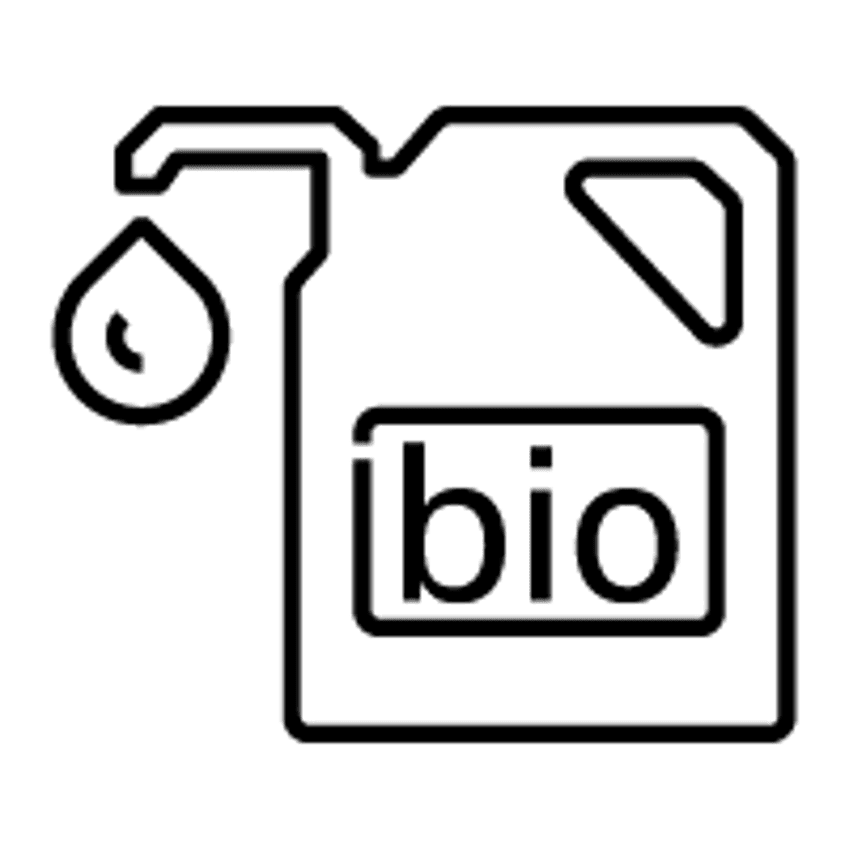
One of the first projects in Australia to use tower cranes powered by 100% renewable diesel, reducing greenhouse gas emissions by up to 90% over the life cycle of the fuel compared to mineral diesel.
Key construction features
Approximately 35,000 tonnes of soil was removed during the excavation and earthworks to prepare the Powerhouse Parramatta site for the construction of foundations and the building structure.
230 piles were drilled and installed to support the foundations for the buildings. These piles are made of reinforced concrete columns and provide vertical and horizontal support to a structure.
The process involves:
drilling holes into the ground using a large drill
using a crane to install a steel cage that reinforces the final pile
pouring concrete into each hole
installing a concrete capping beam across the finished pile to link and hold it together.
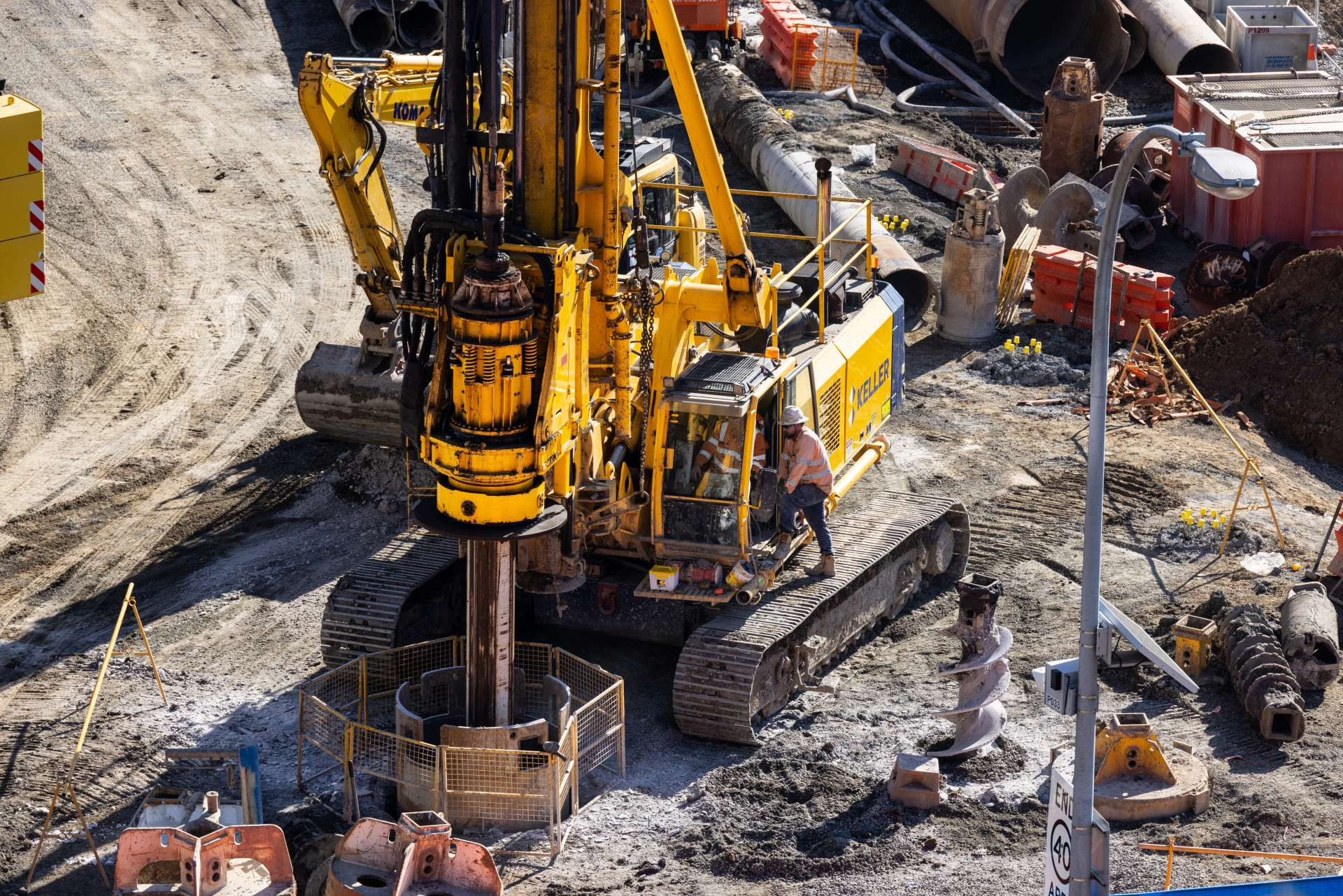
The façades of Powerhouse Paramatta balance form and function. The outer façades use 3 types of steel lattices to create an exoskeleton.
Behind the steel lattice structure, the façade exists in two forms:
clear glass panels to maximise natural light or
solid opaque walls to enclose light-sensitive presentation spaces.
The museum's glazed windows will ensure exhibition spaces are separated from the light. The northern elevations of the eastern and western buildings feature glazed elements which provide ample access to natural sunlight in pedestrian areas.
Powerhouse Parramatta's two wings are joined by a glazed two-storey bridge, anchoring the building to the city grid.
The glass panels are also designed to be self-cleaning, with a hydrophobic coating to help repel dirt and pollutants.
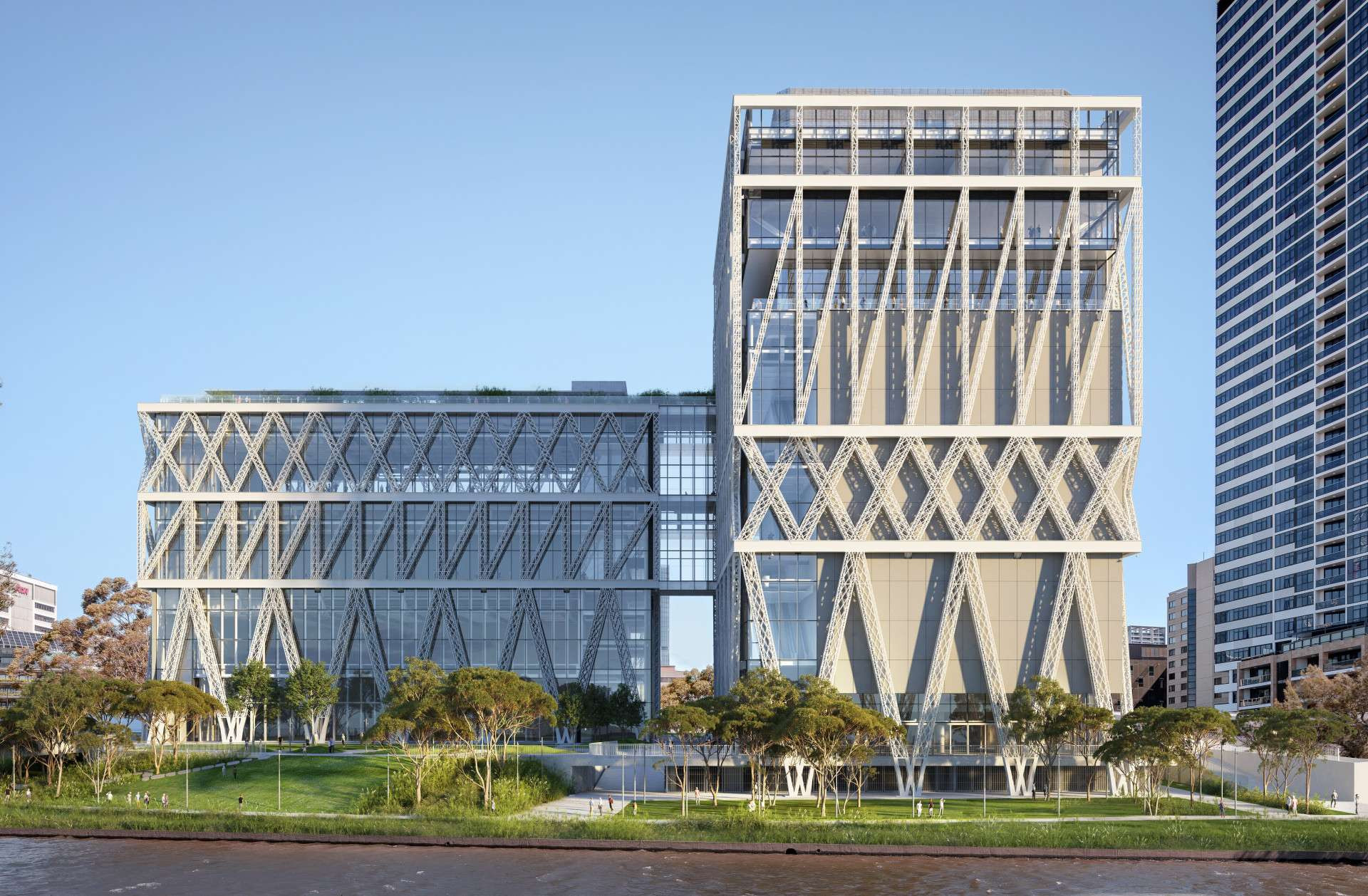
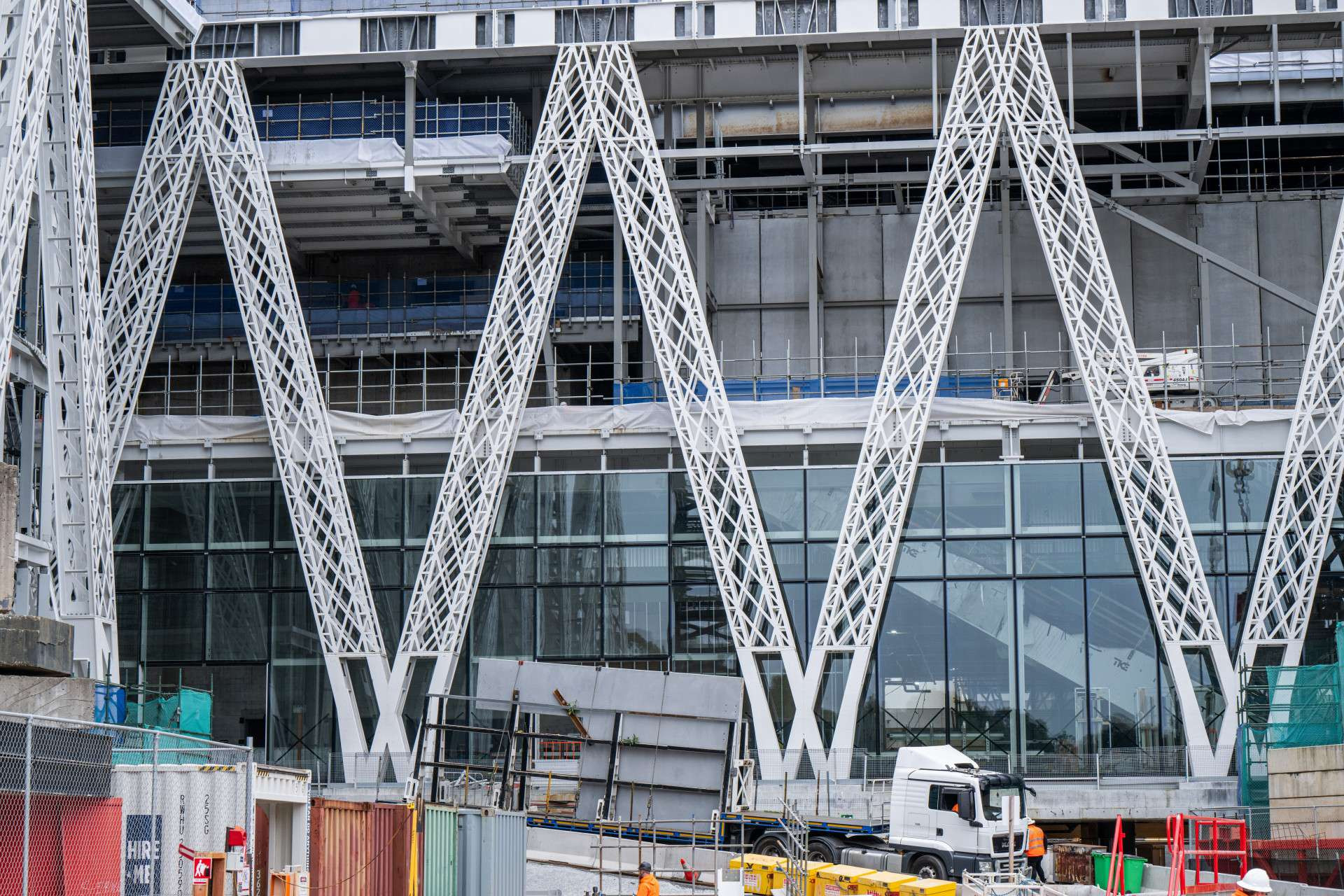
Powerhouse Parramatta will require 12,000 tonnes of steel for construction - triple the amount of steel used to build the Allianz Stadium. A large portion of the steel is for the exoskeleton.
What is an exoskeleton?
An exoskeleton is a structural design system that uses an external framework to support the building. This allows the interior to be column and beam-free, creating large volume spaces.
The exoskeleton is a unique architectural feature that:
provides structural integrity
gives the museum a distinctive, clearly articulated appearance that blends into the natural environment
allows more natural light to penetrate the building.
The Powerhouse Parramatta exoskeleton uses 3 types of steel lattice and is made up of over 1,300 individual pieces of steel in W, X, N and A shaped pieces. During construction, sections are assembled on the ground on site, before being lifted into place by the tower cranes.
How will it be built?
There are 3 tower cranes on site, including the world’s largest capacity tower crane, which can lift up to 330 tonnes. This means heavy, modularised sections of the exoskeleton can be installed in a single lift.
In an Australian-first, all 3 cranes are powered by 100% renewable diesel, marking a critical transition towards fossil-fuel-free construction. Learn more.